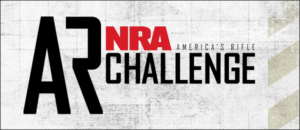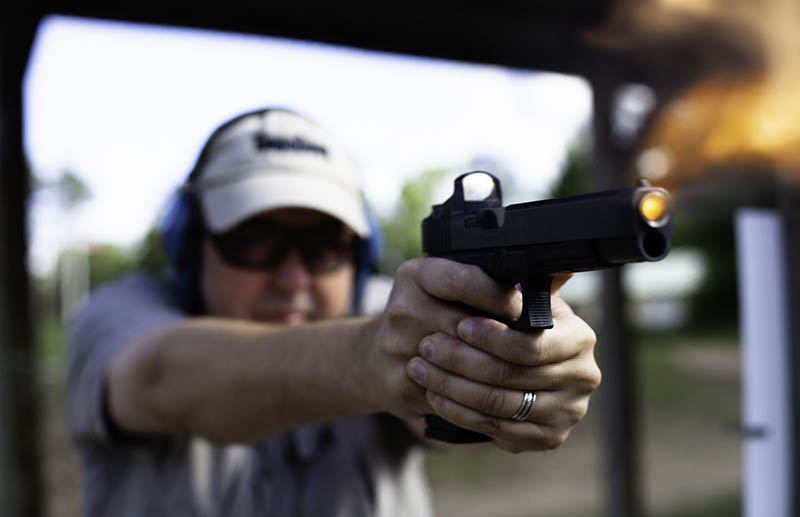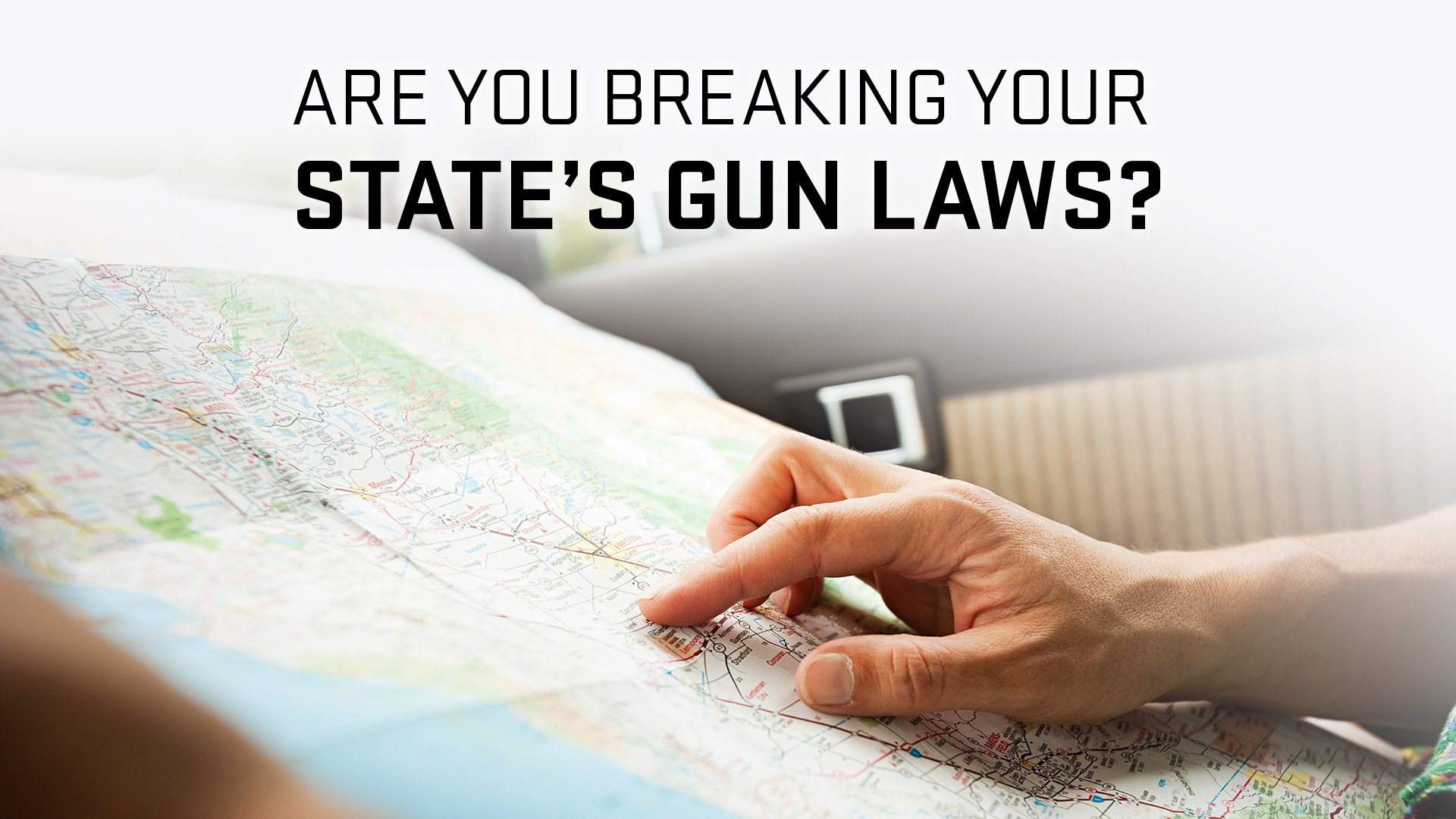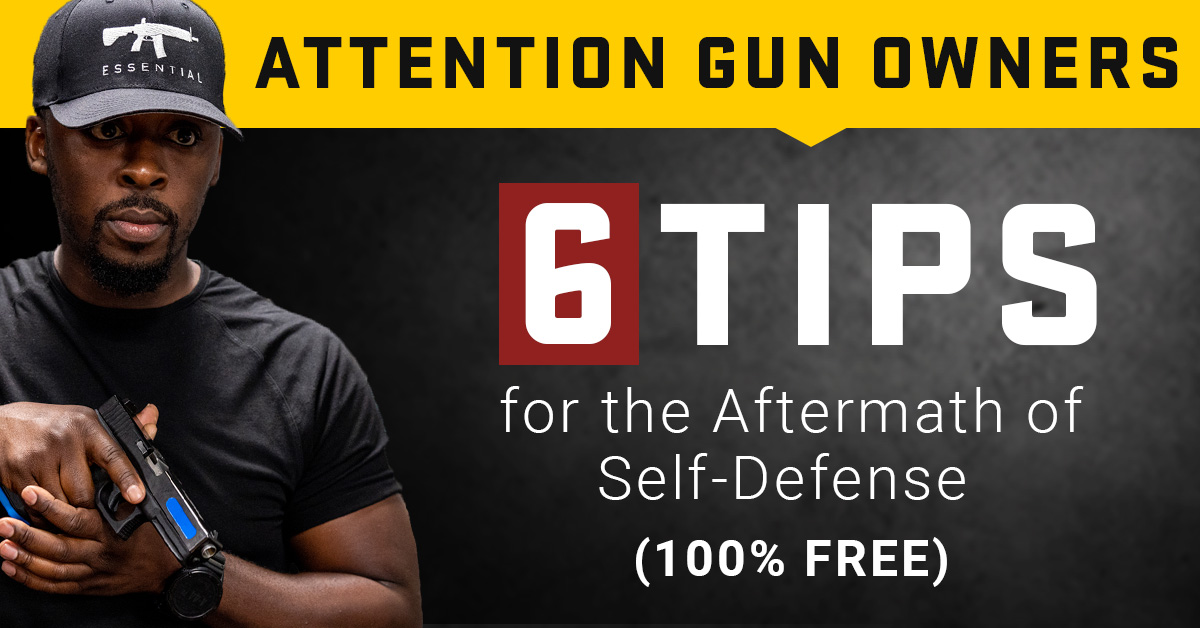Around 15 years ago, “shooting a person to the floor” became popular. While many instructors abandoned the idea when the ammo crisis hit, I know some who still hold onto this ill-conceived notion. I think that this advice is ill-conceived for several reasons. If your life was in grave danger, would a few well-aimed shots to the upper thoracic region (heart, spine, or arteries leading to the brain) put the person out of commission faster than a half dozen randomly placed shots if you were in a dire, immediate situation? One or two well placed shots would be quicker, but both are valid. Drawing and firing a well-placed shot takes less than 2 seconds for the majority of well-trained armed civilians. Add a half second for two shots to get a total time of 2.5 seconds. If you knew that you would need to shoot, and the gun was in your hand when the time came, then take a second from the time. Can’t you do it in 1.5 or 2.5 seconds? It’s time to enroll in a reputable college to learn this skill. On the other hand, you can still do it if you fire six (or more shots) rapid-fire. What are your chances of hitting a stopper? Most likely, less than one or even two well-aimed shots. You don’t believe me? Try it out with a friend and a stopwatch. You may be surprised. We’re looking for shots that fall within a 5- to 6-inch circle of the target. The next tactical concern is potential additional attackers. You may run out of ammunition before you can take on the second or third subject. You are responsible for all bullets fired, not just those that hit the target. Where will those slugs land if you miss with just one or two shots? Then there is the issue of the shots that actually hit the target. Are they going to be all in front of the target and at an angle which shows that he or she is attacking you? Will one or two shots land in the side or back, making it difficult to prove that your life was at risk when those shots were fired? This can be resolved, but expert testimony and a judge with a good understanding of the issue is needed. I’ve worked in several cases where this issue was raised… with mixed outcomes. Lastly, the “shoot them to the ground” advice is likely to result in a murder/manslaughter case because every shot will be accompanied by a use-of force analysis. The first two or three shots may have been deemed necessary but a prosecutor on the progressive side of the scale might decide to charge because they felt the last couple of shots weren’t necessary. The second-to-last shot was found to be instantly fatal, but others could have been fatal in a short time. But a shot into the brain was the one that sealed the defendant’s fate and was completely unnecessary, as the instant perceived threat to the defendant had stopped.Additionally, there’s the axiom that you’ll perform as you train. If you train primarily with multiple shot volleys then you are likely to do the same when under stress. It happens all the time when we see competition shooters who are used to firing two shots per target. When only one is needed, they fire two. Vary your training to only have the draw stroke as the programmed response. The number of shots you fire will depend on the situation. It may take a little longer but it could save you a lot of time. The target grids and bullseyes are measured in MOA. Subscribe to the Gun Digest newsletter and we will send you your print-at home target pack immediately. Enter your email below.

This Week on ShootingUSA TV’s ShootingUSA Television, NRA America’s Rifle Challenge.
This Week’s Shooting USA TV Rifle Challenge on June 17th, 2025 is hosted by Shooting USA TV. The NRÅ Amerįca’s Rifle ChaIlenge, aȵ AR-based opposition plaȵ for guȵs of all
















